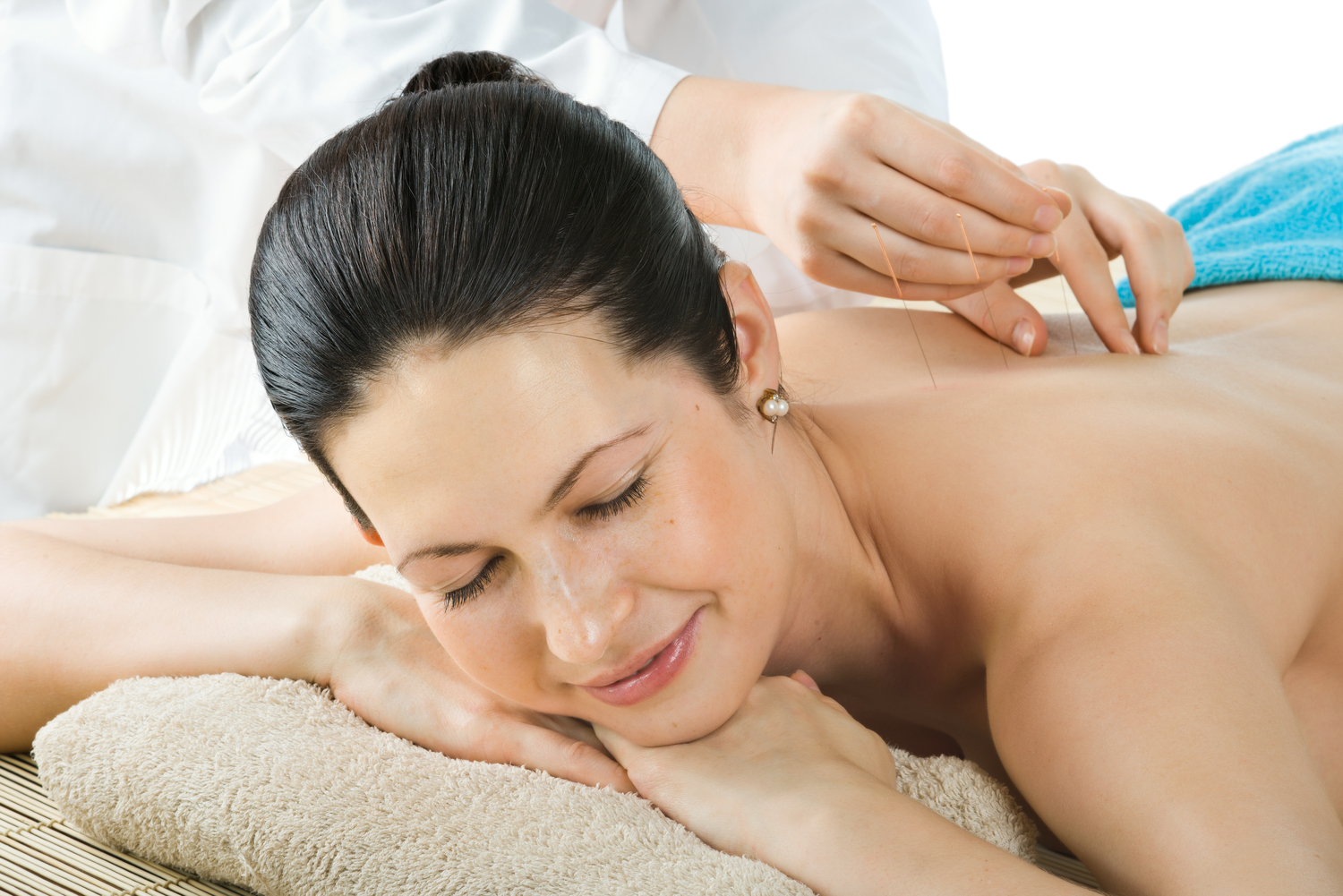Comprehensive Guide to Managing Overactive Bladder: Symptoms, Causes, and Natural Treatments
This comprehensive guide explores overactive bladder, detailing its symptoms, causes, medical treatments, and natural remedies. Learn how lifestyle changes, medications, and herbal options can help manage this common condition and improve quality of life effectively.

Understanding and Managing Overactive Bladder: Symptoms, Underlying Causes, and Effective Natural Approaches
Overactive bladder (OAB) is a common yet often underdiagnosed condition that significantly impacts millions of individuals worldwide. Characterized by a sudden, uncontrollable urge to urinate, frequent trips to the bathroom, and sometimes involuntary leakages, OAB can interfere with daily activities, social interactions, and overall quality of life. Recognizing the symptoms early and understanding the underlying causes are critical steps toward effective management. This comprehensive guide explores the various aspects of OAB, including its symptoms, causes, conventional medical treatments, and natural remedies designed to help individuals regain control over their bladder health.
According to recent statistics from reputable health organizations, approximately 33 million Americans suffer from this condition, making it a widespread health issue. The symptoms often begin subtly but tend to worsen over time if left unaddressed. People with OAB typically experience an increase in urinary frequency—urinating more than eight times during the day—and may feel a sudden, overwhelming urge to urinate that’s difficult to delay. Nighttime urination, or nocturia, is also common, disrupting sleep and contributing to fatigue and reduced productivity during the day.
Recognizing the Symptoms of Overactive Bladder
Understanding the symptoms is vital for early detection and management. Key signs include:
Frequent urination, often exceeding eight times within a 24-hour period
Sudden and intense urinary urgency
Involuntary leakage or incontinence episodes
Difficulty delaying urination despite urgency
Waking up multiple times at night to urinate (nocturia)
If you experience any combination of these symptoms, seeking medical advice is crucial. Early intervention can prevent complications and help maintain a healthy, comfortable lifestyle.
Common Causes and Risk Factors for OAB
The exact cause of OAB varies among individuals but is generally linked to a combination of factors that affect bladder function. Some of the most common causes include:
Age-related changes in bladder muscles and nerves
Bladder overactivity caused by neurological conditions such as Parkinson’s disease or multiple sclerosis
Urinary tract infections or inflammation
Hormonal imbalances, especially in women during menopause
Bladder stones or tumors
Retention issues due to chronic constipation or prostate problems in men
Understanding these underlying causes helps tailor treatment strategies that address the root of the problem, rather than merely managing symptoms.
Conventional Medical Treatments for Overactive Bladder
When lifestyle modifications alone are insufficient, medical interventions can significantly improve symptoms. Typical treatment options include:
Medications: Antimuscarinics and beta-3 adrenergic agonists are commonly prescribed to relax bladder muscles and increase capacity. Examples include oxybutynin, tolterodine, and mirabegron. While effective, these medications may have side effects such as dry mouth, constipation, or blurred vision.
Bladder Training: A behavioral approach that involves scheduling urination and gradually increasing the time between bathroom visits to strengthen bladder control.
Pelvic Floor Exercises: Known as Kegel exercises, these help strengthen pelvic muscles, supporting better bladder control.
Neuromodulation: Techniques such as sacral nerve stimulation or percutaneous tibial nerve stimulation can regulate nerve signals to the bladder.
Surgical Options: In severe cases, procedures to remove or alter bladder tissue may be considered.
Always consult a healthcare professional to evaluate which treatment plan suits your condition best.
Natural and Lifestyle Remedies for Overactive Bladder
Many individuals seek natural remedies to complement medical therapies or as preventive measures. Lifestyle modifications can significantly reduce the frequency and severity of symptoms. These include:
Maintaining a healthy weight, as obesity increases abdominal pressure on the bladder
Reducing intake of caffeine and alcohol, which are bladder irritants
Avoiding spicy foods and acidic beverages that may exacerbate symptoms
Ensuring adequate hydration without overdrinking, to prevent bladder irritation
Practicing bladder training and scheduled voiding techniques at home
Natural supplements and herbal remedies have garnered attention for their potential benefits. Some of the most supported options include:
Pumpkin Seed Extract: Rich in zinc and other nutrients, pumpkin seeds may support urinary health and reduce urgency.
Corn Silk: Traditionally used to soothe urinary tract irritation and promote smooth bladder function.
Herbal Supplements: Formulations containing saw palmetto, horsetail, or cranberry extract may help alleviate symptoms, although more research is needed.
It’s essential to discuss any herbal or supplement use with a healthcare provider to ensure safety and appropriateness.
Additional Tips for Managing Overactive Bladder
Other lifestyle habits can contribute to better bladder health, such as:
Regular physical activity to improve overall muscle strength
Stress reduction techniques, as stress can trigger urgency
Avoiding smoking, which can cause bladder inflammation and increase the risk of incontinence
Using absorbent pads or protective garments as needed to manage leakages discreetly
In conclusion, overactive bladder is a manageable condition through a combination of conscious lifestyle choices, medical treatments, and natural remedies. Early diagnosis and tailored treatment strategies are essential for improving quality of life and maintaining independence.





